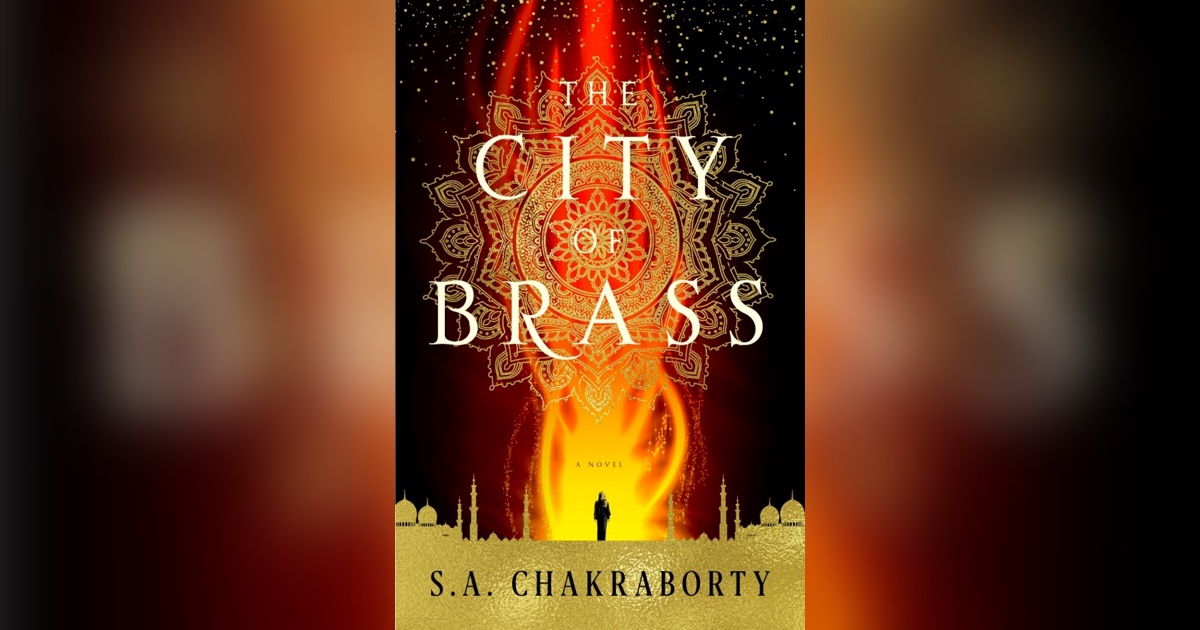What happens when a con-lady in 18th century Cairo takes on an exorcism job, only to realize her client is legitimately possessed by an evil spirit of the undead? That question can be answered by reading bestselling author S. A. Chakraborty’s book, City of Brass (2017). With a 4.15-star average rating from over 105,000 reviews on Goodreads, Chakraborty’s novel has been well-received by audiences worldwide. For readers looking to embark on a fantasy adventure, or those who may have heard of the series but remain on the fence about starting it, here is a spoiler-free review and recommendation for book one. Synopsis City of Brass is a story about Nahri, a 20-year-old apprentice apothecary living in Cairo. As an orphan with nothing but an affinity for languages and an unusual skill for healing, she runs cons to make ends meet. Things are going well for Nahri, until one day she is asked to perform an exorcism to get rid of an evil spirit. Not thinking much of it, she accepts the job — only to discover the girl has actually been possessed by an ifrit, a cursed djinn. Soon after,…
City of Brass Review: Exploring a Story of Magic, Curses, and Djinn
September 17, 2023



